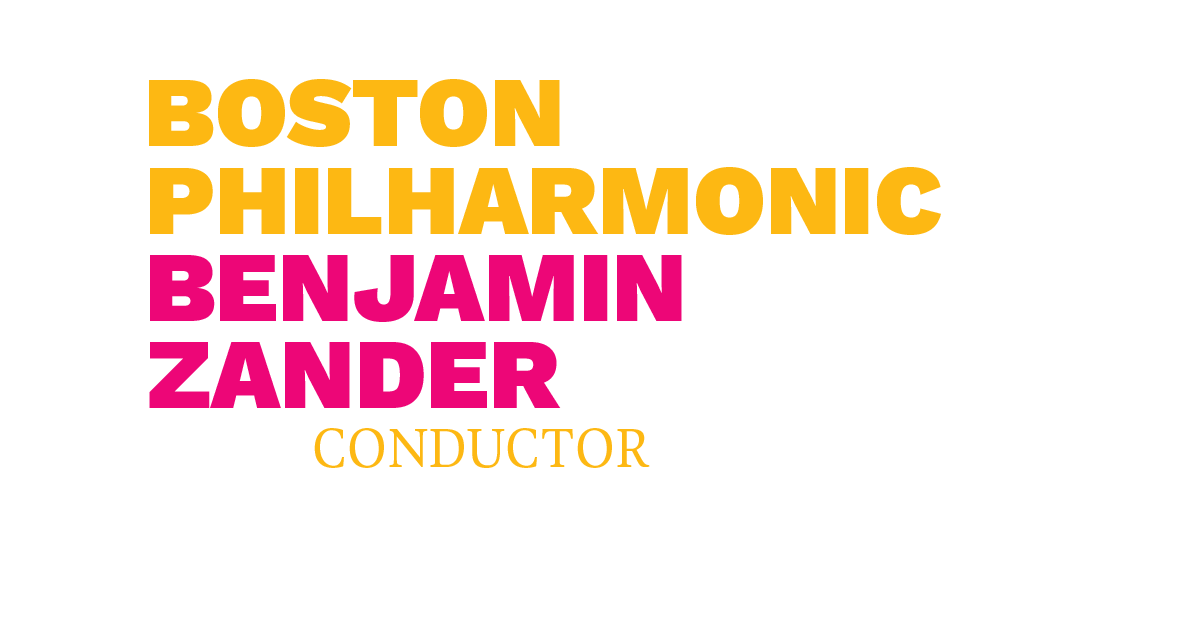
Hamburg’s Elbphilharmonie.
Critics, I will confess, don’t always get things right. But Rowan Moore’s description of the Hamburg Elbphilharmonie’s “exceptionally exceptional exceptionalness” was right on the money: the place is divine.
Opened in 2017, the building was famously over-budget, completed behind schedule, and, when plans for it were initially unveiled, strongly protested by the local population. Today, though, this converted warehouse is the cultural and aesthetic hub of Hamburg. Its profile anchors the city’s ritziest neighborhood and its iconic wave-like roof adorns postcards, magnets, posters, keychains, mugs, hats, t-shirts – pretty much any tchotchke you can imagine – in souvenir shops the town over.
That Germany’s second-largest city, a gritty metropolis that was founded in 1189 and boasts Europe’s second-largest harbor, has enthusiastically embraced a modern concert hall as its symbol – nearly every performance sells out, including the BPYO’s concert on Wednesday night – wasn’t lost on Benjamin Zander. A music hall as a source of civic pride “is really remarkable,” he noted to the house while introducing the night’s encore, “and could only happen in Europe.”
I’d like to hold out hope that a similar phenomenon might transpire in America, but Ben’s probably right. At any rate, what could only happen in Germany is the sheer efficiency of the Elbphilharmonie. This is a hall that spoils you and, in the process, leaves just about every other one of its kind in the dust. Of course, with a price tag in the vicinity of $1 billion, that’s to be hoped for.
The backstage area on the building’s eleventh floor (one level below the stage) is enormous; each section of the orchestra gets its own room, replete with smashing views of the so-styled Free and Hanseatic City. The Große Saal, in which the BPYO performed, places the orchestra in the middle of the hall, surrounded by seats on all sides. They rise up over several stories in what’s called “vineyard style”; the uppermost bank provides a birds-eye panorama of the stage.

The BPYO’s soundcheck before Wednesday’s concert, as seen from the uppermost balcony.
Acoustically, the space is a marvel. The seats are not only exceedingly comfortable, but functional, since they’re designed, when empty, to absorb sound as though there’s a person sitting in them. Because of this, an ensemble rehearsing in the hall gets the same sonic experience they’ll have with an audience present.
The building’s double wall ensures complete silence from the outside world. The inner one, constructed of specially-shaped gypsum fiber concrete and mounted on springs, was designed to reflect sound to every corner of the room. As a result, there’s not a bad seat in it.
Much like the Scherzo in Mahler’s Symphony No. 5, then, there’s nowhere in the Elbphilharmonie for a musician to hide. Given this, it might seem like a daunting place in which to play such a logistically, expressively, and technically challenging piece. Then again, if one embraces a spirit of adventure and daring, it may prove to be among the most thrilling settings for such an undertaking.
On Wednesday night, the BPYO went with the latter option.

Benjamin Zander conducting the BPYO in Mahler’s Symphony No. 5 at the Elbphilharmonie.
Even more than their Prague performance, the orchestra’s Hamburg Mahler locked in from the start and hardly let up. As before, Ben’s sense of pacing and structuring of the musical argument felt unerringly right. Tempos moved, rhythms snapped (especially in the first movement). Throughout, the Fifth’s lyrical parts breathed easily, while its big spots packed their requisite wallops.
For the orchestra, the biggest difference between their Elbphilharmonie appearance and the one at the Rudolfinum seemed to result from the fact that, in Hamburg, they could hear each other so well on stage (in Dvorak Hall, I learned, that is a notorious challenge: the sound largely goes up and out into the room). Not only was there a newfound confidence to the BPYO’s playing, but they embraced the Symphony’s dynamic extremes.

BPYO low strings in action.
Let’s hope that trend continues for the next two concerts because something as simple as exaggerating the Fifth’s gradations of piano makes for some truly riveting Mahler. Add to this the technical refinement the ensemble brought, especially, to the work’s first four movements, and you end up with an unforgettable concert.
In a very real sense, Wednesday’s Fifth unfolded like a chamber symphony for 110 musicians. Big and small contributions stood out. William Lewis turned in some Bud Herseth-worthy moments in his account of the demanding first trumpet part. Principal horn Graham Lovely nailed his big solos in the Scherzo and finale. Similarly ear-catching were discreet contributions from bass clarinetist Maxwell Reed and English hornist Liv Oster.

The BPYO trumpet section playing the daylights out of Mahler’s Fifth.
That the orchestra gave away its youth with a couple of untidy and rushed episodes in the finale didn’t diminish the impact of their larger effort. Rather, the spirit of the music, from tragic to triumphant, came out viscerally and the focus of 2100 pairs of ears – the audience was palpably engaged in what was happening onstage – only amplified its impact. Wednesday’s was, by just about any measure, a Mahler Fifth that was fully worthy of the incredible space in which it was presented.
So was Zlatomir Fung’s account of the Schumann Cello Concerto, which also benefited from the combination of a concentrated house, the exceptional Elbphilharmonie acoustic, and Ben’s decision to further reduce the number of violins in the orchestra for the piece.

Zlatomir Fung performing Schumann at the Elbphilharmonie.
Thanks to the last, on Wednesday, the Concerto finally felt like the dialogue between soloist and small orchestra that it really is. Ben and Zlatomir’s tempos have always been well-judged; this time the pairing’s balances were as ideal as ever. Consequently, the work’s conversational elements – the triplet figures passed between the strings in the first movement, the woodwinds’ echoes of the cello’s falling subject in the middle one, and the nimble volleying of the main subject in the finale, among them – emerged in a fresh light.
Zlatomir’s account of his part spoke more richly than usual. Not only did the first movement’s cascading runs unspool with biting clarity, but the lower third of his instrument’s range rang majestically. The “Langsam” sang as beautifully as in Prague while the finale’s jaunty call-and-response exchanges with the orchestra danced.

Benjamin Zander and the BPYO take flight in Hamburg.
Given the brevity of our visit – we arrived late Tuesday afternoon and left Thursday morning – there wasn’t much time to experience Hamburg. Still, on Wednesday morning the orchestra visited the Elbphilharmonie’s observation deck, with its sweeping views of the harbor and skyline, and then took a lunch break in the Altstadt that allowed for some Stadtbummelnzeit (“city wandering time”).
Whether or not we got a good feel for the place, there’s no question the BPYO was well fed during our thirty-six hours in this great port city. Though we had to trek through a drizzle to get it, our dinner the first night at a traditional Hofbräuhaus consisted of chicken and strudel of Wagnerian proportions. After Wednesday’s concert, we repaired downstairs to the Westin and a gourmand’s dream of paté, guinea fowl, and an apple tarte. In between, a couple of us managed to discover, aptly enough, the best hamburgers we’ve ever eaten.

Hamburg’s Alstersee, framed by trees.
“What have any of us done to deserve being here?” Ben asked rhetorically when we were first getting the lay of the Große Saal. That was a good question for the hall – and I imagine (or at least hope) it’s one that even the resident NDR Elbphilharmonie Orchestra asks of itself now and then.
But it’s just as pertinent a query for our larger trip. There’s nothing commonplace about where we’re going or what we’re getting to do. In fact, there’s an air of “exceptionally exceptional exceptionalness” about this entire enterprise. It’s as exciting as it is humbling to experience and what shape it will take on next is anyone’s guess. Stay tuned.

Wednesday’s capacity audience applauds the BPYO’s performance of Mahler’s Fifth.
Photo credits: Paul Mardy and Jonathan Blumhofer.





